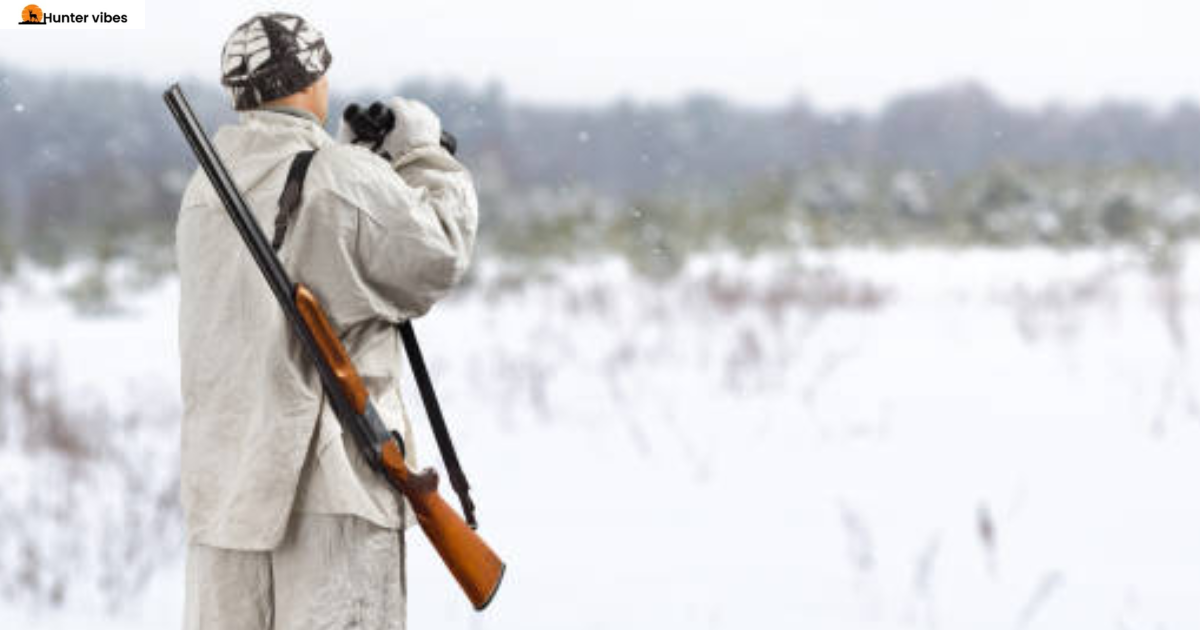Contents
Understanding the Basics of Hunting Gloves
When preparing for a cold weather hunt, the right hunting gloves can make or break your experience. I’ve spent years testing various gloves, and one thing is clear: fit, material, and insulation are non-negotiable. A glove that fits well ensures comfort during long hours, while the right material balances warmth and dexterity. For instance, heavily insulated gloves might keep you warm, but they often sacrifice tactility, making it harder to operate buttons or mechanisms on your gear.
Another critical factor is protection. Whether you’re navigating rough terrain or handling sharp tools, your gloves must shield your hands without being too heavy or poorly made. I’ve learned that trade-offs are inevitable—brush pants or chaps might protect your legs, but gloves need to strike a perfect balance between comfort and functionality. From side-by-side comparisons to over-under designs, the style of your gloves should align with your hunting needs. Don’t overlook the break-in period either; some gloves need time to adapt to your hands, just like a trusted shotgun adjusts to your grip over time.
Preparing for the Hunt
Freezing temperatures can turn a thrilling hunt into a battle against uncontrollable shivers, especially when it’s time to take that crucial shot. The right clothing and accessories are essential, but poorly chosen gear can impede movement and ruin your chances. I’ve found that well-insulated gloves are a game-changer, but they must complement your overall performance. For example, a gamebag might hold your essentials, but your gloves need to ensure you can access them quickly.

In my experience, the year and make of your gear matter less than how well it suits your preference and the quarry you’re pursuing. Whether you’re debating gauge or choke, remember that your gloves are just as important as your boots or jackets. They’re not just an afterthought—they’re a vital part of your toolkit.
Exploring Different Types of Hunting Gloves
When it comes to hunting gloves, the variety can be overwhelming, but understanding the types available is key. For cold weather hunts, insulated gloves are a must to combat freezing temperatures and prevent uncontrollable shivers. However, I’ve found that too much insulation can reduce dexterity, making it harder to handle buttons or mechanisms on your gear. On the other hand, lightweight gloves made from durable materials offer better tactility but may lack protection in rough terrains. For those who prefer versatility, general-purpose gloves strike a balance between warmth and fit, though they often require a break-in period. If you’re navigating dense brush, gloves designed to pair with brush pants or chaps provide extra protection without being too heavy. Whether you’re a fan of side-by-side or over-under designs, the style of your gloves should match your hunting preference and the quarry you’re after. From my experience, the right gloves are as crucial as your shotgun, boots, or jackets, and they should seamlessly integrate into your toolkit for optimal performance.

Lightweight, Mid-Weight, and Heavy-Weight Gloves
When facing cold weather during a hunt, the right hunting gloves can make or break your experience. Freezing temperatures bring challenges like uncontrollable shivers, which can ruin a crucial shot. That’s why well-insulated gloves are essential—they balance warmth and dexterity, ensuring safety and comfort without sacrificing performance. Poorly made gloves, on the other hand, can impede movement and lead to missed opportunities. From my experience, layers of material and smart insulation mechanisms are key to handling trade-offs like tactility versus protection. Whether you’re adjusting buttons on your shotgun or navigating brush pants, the right fit and a short break-in period can turn a problem into a solid, all-around solution for any quest.
Liner Gloves
When braving cold weather on a hunt, liner gloves are a game-changer. These thin, lightweight layers fit snugly under your main hunting gloves, adding extra insulation without sacrificing dexterity. In freezing temperatures, they prevent uncontrollable shivers, ensuring your hands stay steady for that crucial shot. From my experience, a good pair of liner gloves made from quality material can solve the problem of balancing warmth and tactility, especially when adjusting buttons or handling a shotgun. They’re a solid addition to your gear, offering protection and comfort without feeling heavy or poorly made. Whether you’re wearing brush pants or navigating thick terrain, these accessories are a general-purpose solution for any quest.
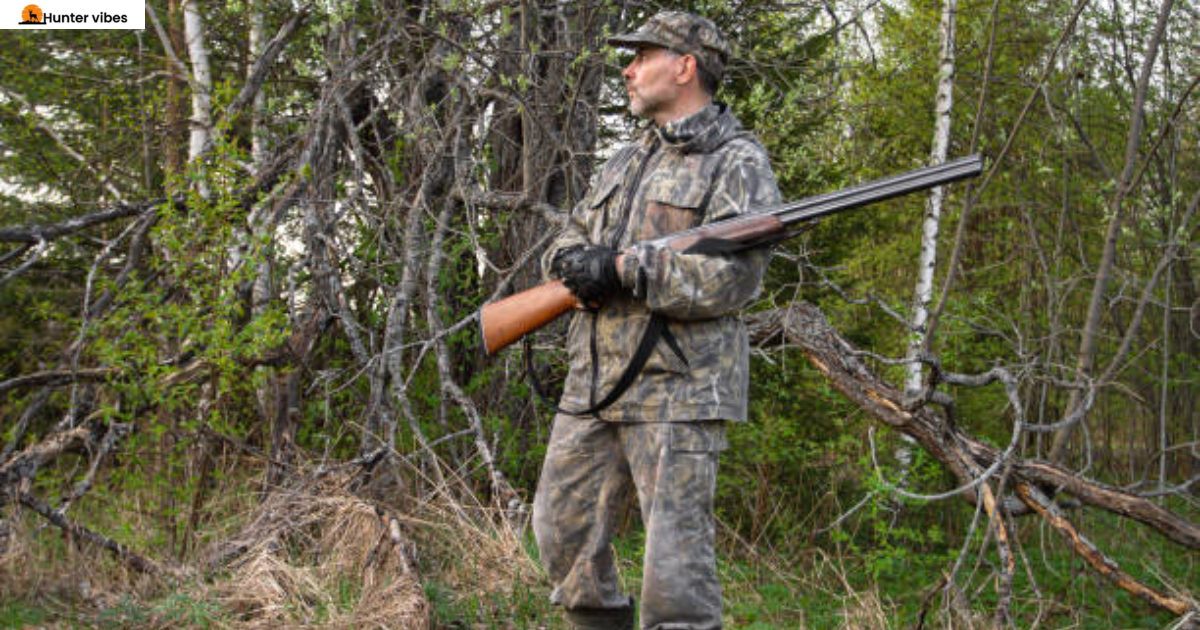
Heated Gloves vs Fingerless Gloves
For extreme cold weather hunts, heated gloves are a lifesaver, especially when freezing temperatures threaten to cause uncontrollable shivers. These gloves use built-in insulation mechanisms to provide consistent warmth, ensuring your hands stay functional for a crucial shot. On the other hand, fingerless gloves are perfect for tasks requiring tactility, like adjusting buttons on your shotgun or handling small gear. While they lack full protection, they excel in dexterity, making them ideal for milder conditions or quick applications. From my experience, choosing between these two depends on your preference and the challenges of your quest. Heated gloves are a solid choice for well-insulated comfort, while fingerless gloves offer general-purpose utility without feeling heavy or poorly made.
Glove design matters
Having spent countless hours in freezing temperatures during my hunting expeditions, I’ve learned that hunting gloves aren’t just another piece of gear – they’re a lifeline. The right glove can make the difference between taking that crucial shot and missing it due to uncontrollable shivers. When choosing between various layers of clothing and accessories, including pants, jackets, and boots, your decision-making should prioritize a well-insulated pair that doesn’t feel too heavy or poorly made. From handling a shotgun with various choke settings to maintaining proper dexterity and tactility while operating mechanisms and buttons, the ideal glove must balance warmth, protection, and performance. Through years of mixed results across different applications, I’ve found that the best general-purpose options consider material, insulation, and proper fit, though there’s always a break-in period and inevitable trade-offs to weigh in cold weather challenges.
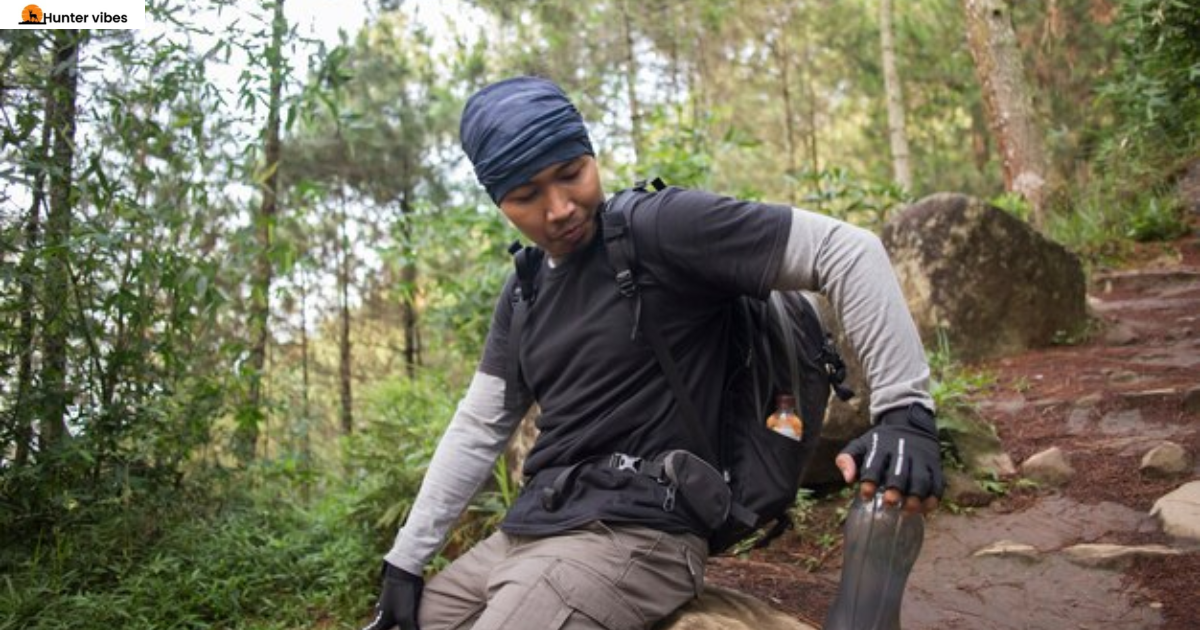
What to Consider When Choosing Hunting Gloves
After decades of hunting in diverse conditions, I’ve learned that choosing the right hunting gloves involves careful considerations of multiple factors. The ideal all-around glove must offer enough insulation for cold weather while maintaining the dexterity needed to handle your shotgun and manage various mechanisms and buttons on your gear. From my quest for the perfect pair, I’ve discovered that material selection is crucial – whether you’re wearing multiple layers of clothing like jackets, brush pants, and chaps, or using different accessories during your hunt. The fit and style you choose should complement your preference for handling equipment, be it side-by-side or over-under configurations, while ensuring proper protection and comfort. Through years of mixed results and various applications, I’ve found that a solid pair with good warmth and tactility will serve better than a poorly made or too heavy option that might impede movement during that critical kill shot. Your decision-making should prioritize gloves that come with a reasonable break-in period and offer suitable performance for your specific needs, whether it’s carrying a gamebag, using your toolkit, or adjusting your gauge and choke settings.
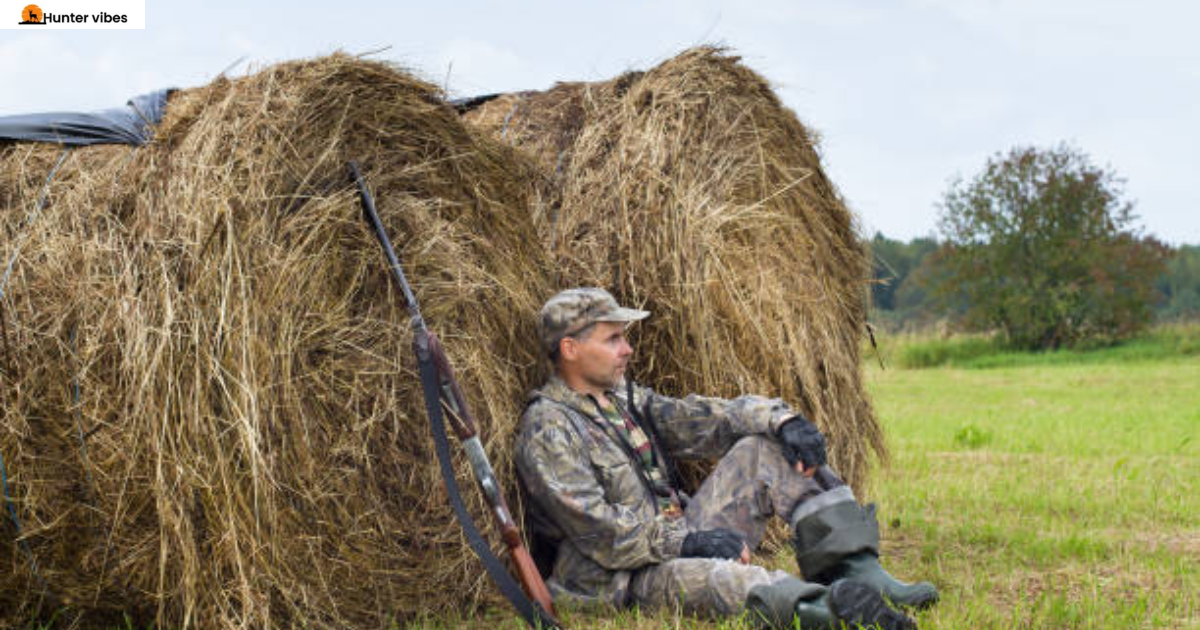
Material
Throughout my years of hunting in freezing temperatures, I’ve learned that material choice makes or breaks your hunting gloves. The best glove designs combine multiple layers of specialized material – typically a well-insulated core wrapped in water-resistant outer layers that provide both warmth and protection. When I’m out testing new gear and accessories, I pay close attention to how different materials affect my performance, especially during that crucial shot. Premium materials should offer enough insulation to prevent uncontrollable shivers while maintaining the dexterity needed to handle mechanisms and buttons on your shotgun. Through mixed results across various applications, I’ve discovered that quality materials require a shorter break-in period and offer better tactility, unlike poorly made options that often impede movement. The right material combination creates the perfect balance of comfort and safety, ensuring you can focus on your hunt rather than struggling with cold weather challenges.
Insulation
Throughout my quest for the perfect hunting gloves, I’ve discovered that insulation presents unique trade-offs between warmth and performance. After experiencing mixed results with various glove types during freezing temperatures, I’ve learned that proper well-insulated designs are crucial for handling cold weather challenges. When wearing multiple layers of clothing and accessories, including jackets and brush pants, your gloves’ insulation shouldn’t feel too heavy or impede movement when managing mechanisms and buttons on your gear. My extensive applications in general-purpose hunting have shown that quality insulation maintains essential dexterity and tactility needed for operating a shotgun, preventing those uncontrollable shivers that could affect your crucial shot. The key lies in finding the right balance of protection and comfort through careful decision-making about insulation levels that match your specific style and preference.
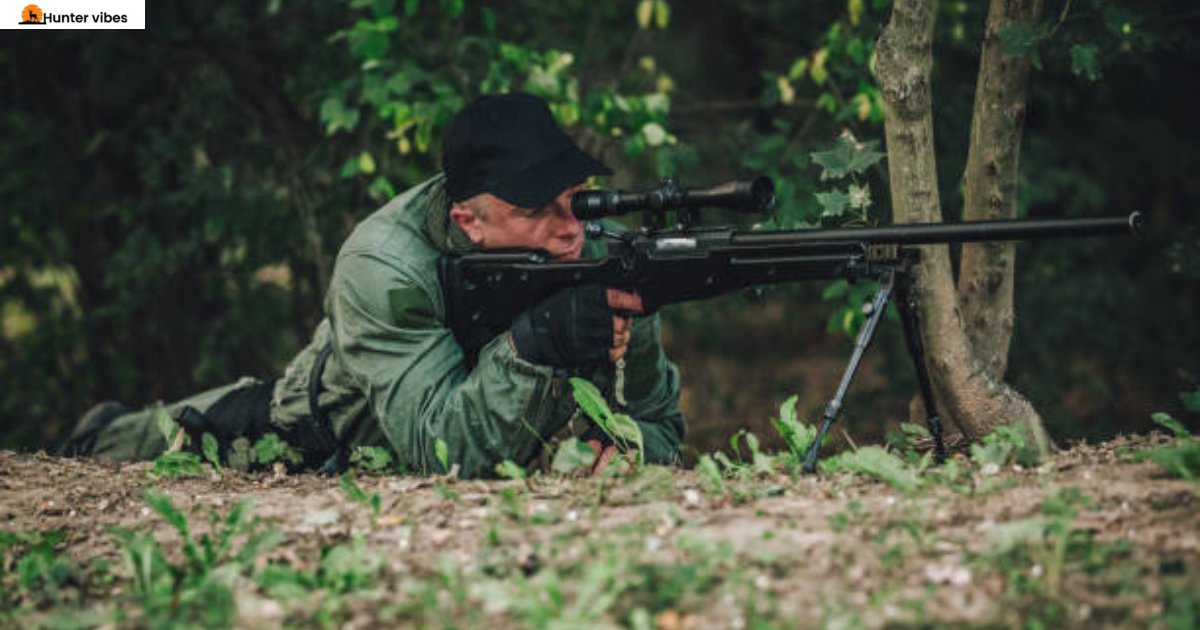
Grip and Dexterity
Through my quest for perfect hunting gloves, I’ve learned that dexterity and tactility are paramount when handling a shotgun in cold weather. A proper fit is crucial – too heavy or poorly made gloves will impede movement and affect your kill shot, while the right balance of grip and performance lets you manage mechanisms and buttons on your gear effortlessly. After years of mixed results with various applications, I’ve found that quality gloves need a reasonable break-in period to achieve optimal comfort without compromising safety. The best all-around designs maintain tactility even with multiple layers of insulation, ensuring you can adjust your choke or handle your toolkit without removing them in freezing temperatures. When selecting gloves for different hunting scenarios, whether using side-by-side or over-under configurations, consider how they’ll work with your other accessories like brush pants and chaps while providing necessary protection against harsh conditions.
Weather Resistance
After years of hunting in cold weather, I’ve discovered that the best hunting gloves must excel at weather resistance. Your gloves need multiple layers of well-insulated material to combat freezing temperatures while maintaining enough dexterity to handle your shotgun and gear. From personal experience wearing various clothing and accessories like jackets, brush pants, and chaps, I’ve found that poorly made gloves with inadequate protection can lead to uncontrollable shivers, affecting your crucial shot. Quality weather-resistant gloves require careful decision-making and considerations of trade-offs between warmth and performance – they shouldn’t be too heavy or impede movement when managing mechanisms and buttons. Through mixed results across different applications, I’ve learned that solid weather resistance, combined with proper fit and reasonable break-in period, ensures better comfort and safety during challenging conditions.

Best Cold Weather Hunting Gloves
During my extensive quest for the perfect cold weather hunting gloves, I’ve faced numerous challenges in freezing temperatures. The best all-around options I’ve found combine multiple layers of well-insulated material with superior warmth and protection. After experiencing mixed results across various applications, I’ve learned that top-tier gloves require careful considerations of trade-offs between insulation and dexterity. Quality pairs should complement your other gear – including jackets, brush pants, and chaps – while maintaining enough tactility to handle your shotgun’s mechanisms and buttons. From my general-purpose hunting experience, I recommend choosing a solid option with excellent fit that won’t impede movement during that crucial shot, whether you prefer side-by-side or over-under configurations. The right gloves should have a manageable break-in period and offer consistent performance while carrying your gamebag or using your toolkit.
Finding the Perfect Balance: Warmth and Control
As someone who’s spent countless dawns in freezing temperatures, I’ve learned that hunting gloves are more than just another piece of gear – they’re your lifeline between comfort and misery. When facing the cold weather during a hunt, proper layers become crucial, but the real challenge lies in your hands. A well-insulated glove prevents those uncontrollable shivers that can ruin a crucial shot, yet many hunters make the mistake of choosing heavy, poorly made options that impede movement. From handling your shotgun mechanisms and buttons to maintaining proper dexterity and tactility, your decision-making process should focus on finding that sweet spot between warmth and protection. While considering material, insulation, and fit, remember that there’s usually a break-in period for any solid, all-around glove. Through my own quest with mixed results across various applications, I’ve found that the best general-purpose gloves account for multiple trade-offs to enhance both safety and performance without compromising your ability to make that perfect kill shot.
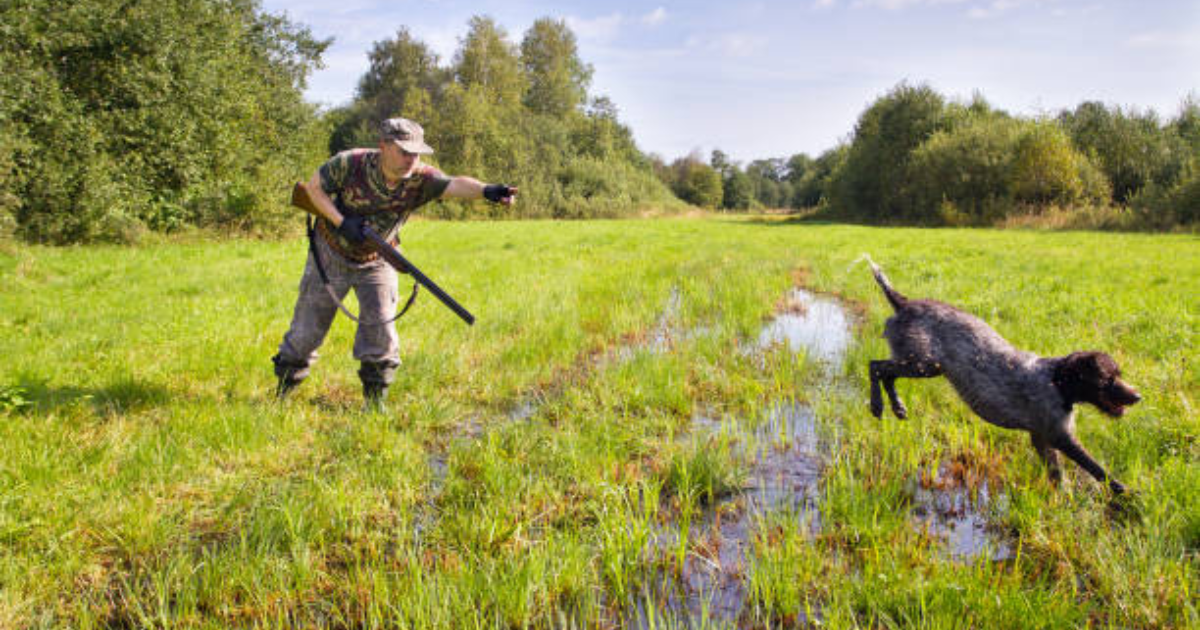
Making the Final Decision: Your Perfect Match
After two decades of hunting in various conditions, I’ve learned that choosing the right hunting gloves requires careful considerations of multiple factors. Your final decision-making should weigh whether the gloves complement your other gear – from your brush pants and chaps to your jackets and boots. When testing gloves at the store, simulate handling your shotgun, whether it’s a side-by-side or over-under style, checking the fit while operating the choke and other mechanisms. Consider your preference for material and insulation based on your typical hunting environment, and don’t forget to account for a break-in period. I’ve found through years of mixed results that the best all-around glove should let you easily access your toolkit and gamebag while maintaining dexterity for that perfect kill shot. The ideal pair shouldn’t be too heavy or poorly made that they impede movement – instead, they should offer the right balance of protection, warmth, and tactility for various applications.
FAQ’s
Q1. What’s the Best Insulation Material for Hunting Gloves?
When hunting in cold weather or freezing temperatures, choosing the right insulation material for your hunting gloves can make all the difference. Materials like Thinsulate or Primaloft are often considered solid options, offering excellent warmth without being too heavy. However, well-insulated gloves can sometimes come with trade-offs in dexterity. If you need a glove that balances warmth and tactility for tasks like reloading your shotgun or adjusting buttons on your gear, think about the fit and how the material responds to the conditions you will be hunting in.
Q2. How Should Hunting Gloves Fit?
A good fit is essential when choosing hunting gloves. A well-fitted glove should provide comfort and warmth, without being so tight that it limits blood flow or so loose that it impedes movement. Consider the break-in period of your gloves—sometimes, it takes a little time for them to mold to your hand. If you’re using your gloves for a general-purpose application, a solid all-around fit will work best, allowing you to handle gear and make that crucial shot with confidence. The fit also plays a big role in how the glove interacts with layers of your clothing, such as pants or jackets.
Q3. Are Touchscreen-Compatible Hunting Gloves Worth It?
In the age of technology, touchscreen-compatible gloves are becoming a popular choice among hunters. If you need to operate your phone or GPS device without removing your gloves, these can be extremely handy. However, mixed results have been reported in terms of tactility, as these gloves may not offer the same level of performance when compared to traditional gloves in terms of insulation or comfort. If you’re facing uncontrollable shivers in the cold weather, you might want to prioritize warmth and protection over the ability to use your devices.
Q4. How Do I Keep My Hands Warm Without Losing Dexterity?
Maintaining warmth while keeping dexterity can be one of the challenges of hunting in freezing temperatures. Layering is key here—consider wearing well-insulated gloves that allow for some flexibility in the fingers. Gloves with thin, flexible layers of insulation can protect your hands from the cold, while still allowing you to operate your gear, such as your side-by-side or over-under shotgun, or even check your gamebag. Keep in mind that the materials you choose, like fleece or gore-tex, will impact tactility and performance.
Q5. What’s the Difference Between Waterproof and Water-Resistant Gloves?
The decision between waterproof and water-resistant gloves depends on the environment you’re hunting in. Waterproof gloves provide full protection against wet conditions, which is crucial if you’re trekking through brush pants or other damp areas. On the other hand, water-resistant gloves can be a lighter alternative that still offers protection in light rain or dampness but doesn’t provide the same level of safety as fully waterproof gear. If you’re hunting in an area where you anticipate getting wet, choosing a waterproof glove will help you stay comfortable and avoid the problem of frozen fingers during the hunt.

